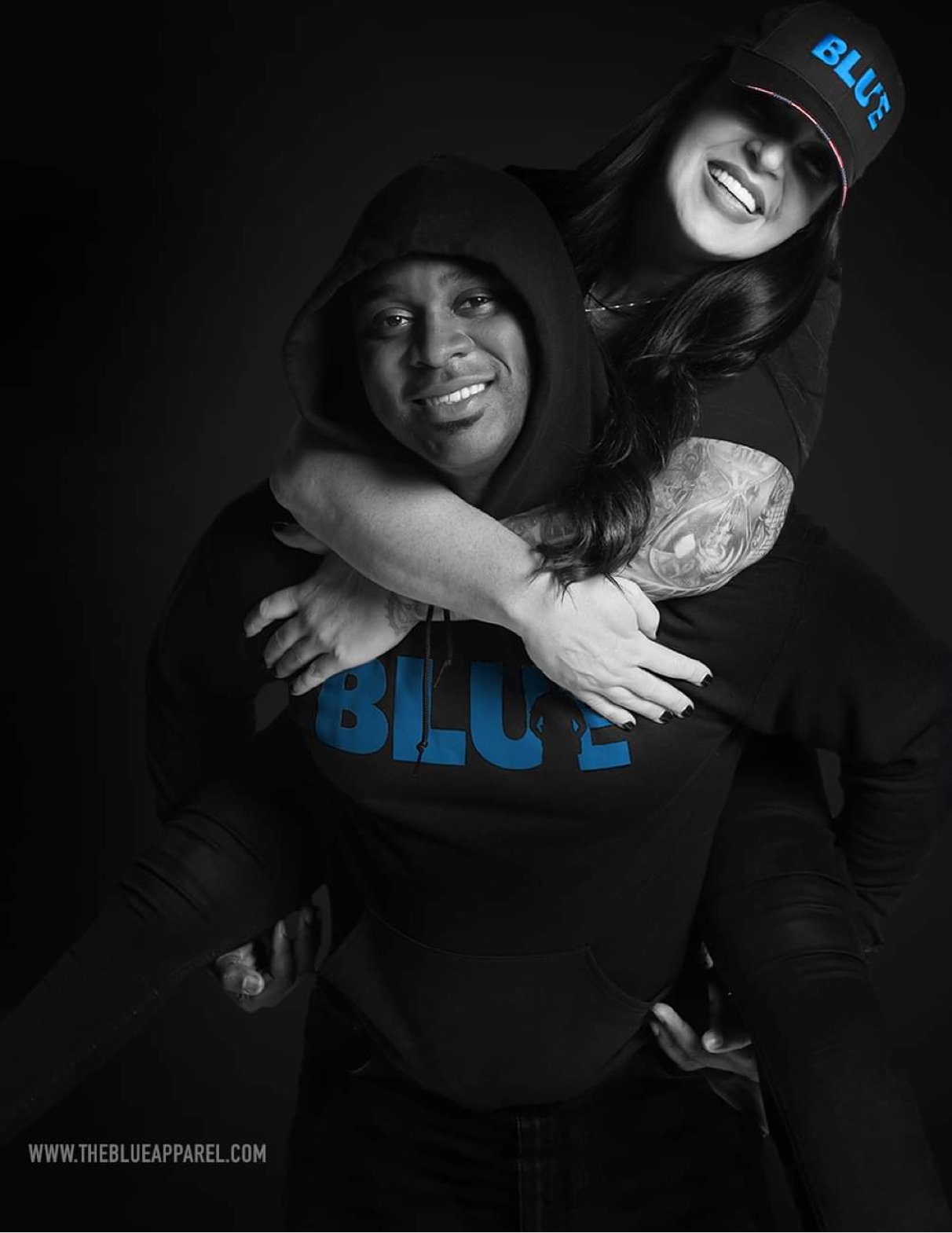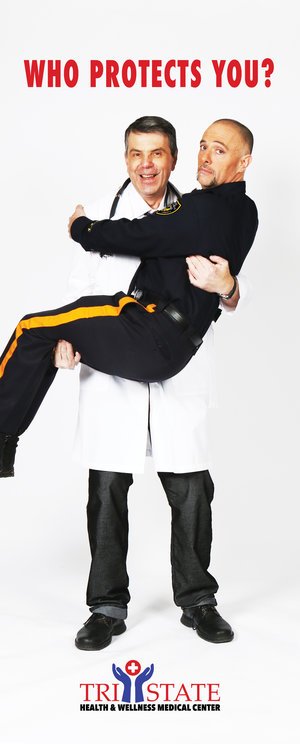Contacts with The Police Plummet: USDOJ Report Card On American Policing
/Contacts with The Police Plummet: USDOJ Report Card On American Policing
By: Leonard Adam Sipes, Jr.
The overwhelming majority of Americans expressed satisfaction with their contacts with American law enforcement and most indicated a willingness to engage them again.
Contact with police during the past 12 months decreased by 21%. It continues to decrease throughout the three USDOJ reports.
Both the number and percentage of residents experiencing the threat of force “or” use of nonfatal force were lower in 2022 (748,800, 1.5%) than in 2020 (1,045,600, 1.9%).
The Bureau of Justice Statistics of the US Department of Justice through the National Crime Victimization Survey offers their third report on citizen contacts with law enforcement and citizen satisfaction with those encounters.
Readers are encouraged to read the full report, Contacts Between Police and the Public - 2022 released in October of 2024.
For those of us who read numerous articles about crime and policing daily, cops doing something stupid or illegal are common themes in media coverage and some make it their specialty.
A question from some non-police readers is, “Why do cops engage in massive disrespect or illegal use of force?” When questioned I send them the link to this report which has been replicated several times and essentially carries similar statistics. It disproves much of the narrative of critics.
While no one is trying to downplay egregious acts of violence on the part of law enforcement, the replicated data from the US Department of Justice doesn’t fit a stereotype of American policing while understanding that there are differences (and similarities) based on race or Hispanic origin.
The public should understand that out of 50-60 million yearly contacts between law enforcement and citizens, it’s almost impossible for all to be handled perfectly. As a former police officer who was dedicated to equal treatment under the law, I understood that those I interacted with could be abusive, violent, aggressive, and downright impossible to work with.
Many have mental health issues. Per the USDOJ, most are under the influence during arrests. Yet force “or” the threat of force is rare in American policing per the citizens asked.
The law enforcement profession has taken a beating (yes, some of it was justified) yet other occupations seem immune. The data I read about the hundreds of thousands of medical mistakes makes me wary but I do not believe that nurses or doctors are somehow flawed. Medical errors are the third leading cause of death in the United States.
It’s the same for journalism, business, or any other occupation. There are approximately 19,000 police agencies and well over one million police employees according to the Bureau of Justice Statistics and the stereotyping of all police employees based on the actions of a few has the same philosophical underpinnings as racism or sexism.
According to the Bureau of Labor Statistics and endless media references, we are losing thousands of police officers and it’s reasonable to assume they are leaving (often at the insistence of their families) due to the negative stereotypes they face. This condition leaves more Americans unserved due to long wait times for officers to arrive. It also correlates with crime based on US Department of Justice literature reviews indicating that proactive policing is one of the most successful crime control modalities.
The data is abundantly clear, arrests and crimes solved are declining considerably.
There are, at times, differences (and similarities) as to race or Hispanic heritage and the percentage of populations involved per this report. While every police officer takes an oath pledging themselves to equal treatment under the law, and while I condemn any person in authority misusing their powers, according to the Bureau of Justice Statistics, there are differences in the percentage of populations engaged in criminal activity that provide context.
As to race or Hispanic origin, the charts offer times when Blacks are disproportionally represented as a percentage of the population studied. There are times when Whites are disproportionally represented (i.e., police street stops).
Critics of law enforcement consistently complain of over-policing. The overall percentages do not support their assertions. The overwhelming majority of those contacted, regardless of demographics, indicated satisfaction with their police interactions.
It should be noted via polls from a variety of sources, that the law enforcement profession is one of the highest-rated occupations in America, far exceeding most including Congress and journalism.
Contact with police during the past 12 months decreased by 21%. It continues to decline throughout the three reports. That’s a huge decrease. Why? One percent of citizens indicate police misconduct out of 50-60 million yearly contacts.
Approximately 86% reported that they were satisfied with the police response, with 92% saying they would be more or as likely to contact police again in the future. About 84% of residents reported that police responded promptly.
About 2% of persons experienced the threat of force “or” nonfatal use of force during any police contact in 2022. Both the number and percentage of residents experiencing the threat of force “or” use of nonfatal force was lower in 2022 (748,800, 1.5%) than in 2020 (1,045,600, 1.9%).
The majority of persons whose most recent police contact was a street stop experienced no enforcement action. In 2022, the majority (78%) of U.S. residents whose most recent police contact was a street stop (being stopped by police while in a public place or parked vehicle) experienced no resulting enforcement action. Twenty-two percent of residents experienced some form of enforcement action, most often a warning (14%).
An estimated 4% of residents engaged in at least one potentially negative action toward police in 2022. The most common action was complaining to police (4%), followed by verbal action (2%) and physical action (0.2%).
The bottom line is that the overwhelming majority of the public were satisfied with the police response and indicated that they were, in fact, willing to contact law enforcement in the future.
Leonard Adam Sipes, Jr.is a retired federal senior spokesperson. A former Adjunct Associate Professor of Criminology and Public Affairs - University of Maryland. Former advisor to the “McGruff-Take a Bite Out of Crime” national media campaign. Past police officer. Aspiring drummer. Operator of CrimeinAmerica.net. His book based on thirty-five years of criminal justice public relations,” Success with the Media: Everything You Need to Survive Reporters and Your Organization” is available at Amazon and additional booksellers. He can also be found @ leonardsipes.com









